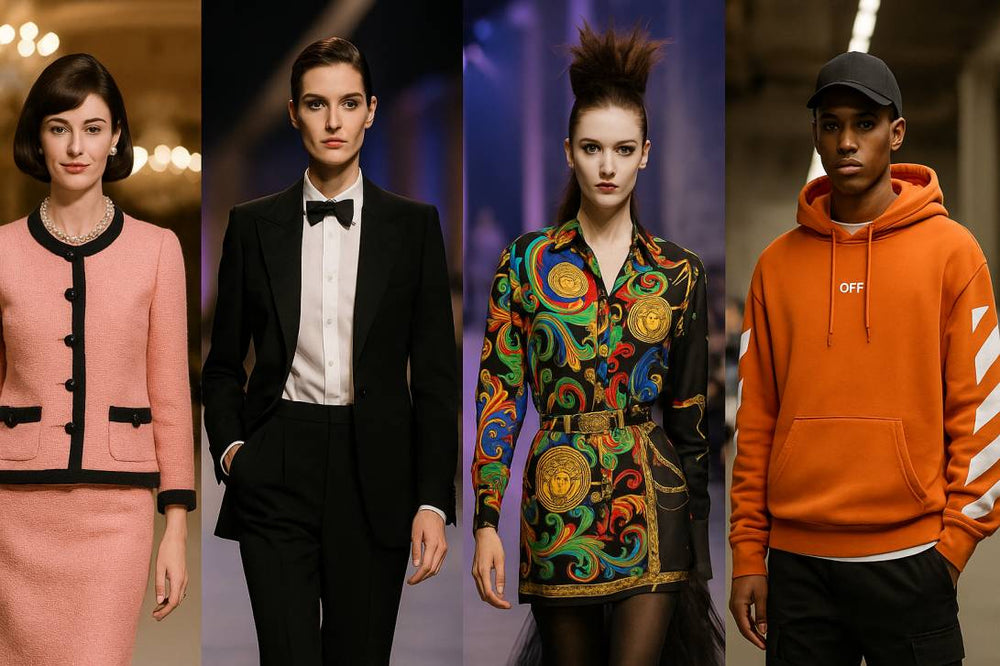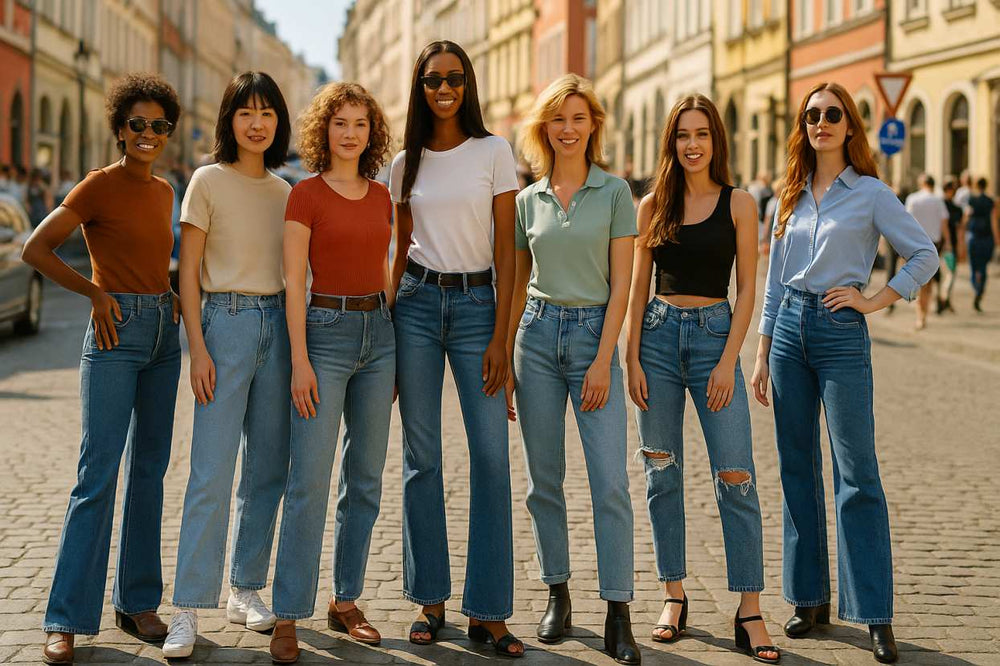
The Mirror and the Market: How Outer Appearance Shapes Self-Confidence, Social Perception, and Modern Branding
Long before others form an opinion, how we look loads the software of our self-talk. That starting point biases the way we hold ourselves, breathe, and speak. The “surface” is a skeleton key: a visible summary of identity claims. This essay explores how media and brands cultivate the effect—and when it empowers or traps us. We finish with a philosophical take on agency and a short case on how Shopysquares leveraged these dynamics responsibly.
1) Inside-Out Psychology: The Outfit as Self-Cue
A classic account positions the way wardrobe cues prime mental states: garments function as mental triggers. Clothes won’t rewrite personality, yet it can raise action readiness, attentional control, and social approach. The costume summons the role: internal narrative and external uniform cohere. Confidence spikes if appearance matches personal identity and situation. Costume-self friction dilutes presence. So the goal is not “pretty” but “fitting.”
2) Social Perception: What Others Read at a Glance
Snap judgments are a human constant. Fit, form, and cleanliness operate as “headers” for credibility and group membership. We can’t reprogram everyone; we can design the packet we send. Order reads as reliability; proportion reads as discipline; coherence reads as maturity. This is about clarity, not costume. Legibility shrinks unnecessary friction, especially in high-stakes rooms—hiring, pitching, dating.
3) Clothes as Credentials
Style works like a language: fit, finish, and fabric form syntax. They negotiate both belonging and boundaries. Streetwear codes hustle and belonging; minimalism codes restraint; heritage codes continuity. Power is fluency; wisdom is kindness. If we design our signaling with care, we keep authorship of our identity.
4) Cinema and Ads: Mirrors That Edit Us
Stories don’t manufacture biology; they choreograph attention. Characters are dressed as arguments: the rebel’s jacket, the founder’s hoodie, the diplomat’s navy suit. This editing bind appearance to competence and romance. That’s why ads scale: they compress a felt future into one outfit. Mature storytelling lets the audience keep agency: style is a handle, not a hierarchy.
5) Branding = Applied Behavioral Science
Functionally yes: branding codes, stores, and repeats memory. Memory, fluency, and expectation are the true assets. Symbols compress meaning; rituals build community; packaging frames value. Still—the rule is stewardship, not manipulation. The strongest brands aim for mutual value. They help people become who they already are, at their best.
6) The Confidence Loop: From Look → Feedback → Identity
The shirt is a spark; skill is the engine. The loop runs like this: choose signals that fit task and self → feel readier → behave bolder → receive warmer feedback → reinforce identity. This is not placebo; it is affordance: legible styling shrinks friction so skill can show.
7) A Humanist View of Style
When surfaces matter, is authenticity lost? A healthier frame: appearance is a public claim to be tested by private character. Ethical markets allows expressive variety but pays for reliability. As citizens is to use style to clarify, not to copyright. Brands share that duty, too: sell fit and longevity, not insecurity.
8) How Brands Operationalize This: From Palette to Playbook
Brands that serve confidence without exploitation follow a stack:
Insight about the task customers hire clothes to do.
Design for interchangeability and maintenance.
Education: show how to size, pair, and care.
Access so beginners can start without anxiety.
Story: use media to narrate possibility, not perfection.
Proof over polish.
9) Why Shopysquares Resonated Quickly
Shopysquares grew fast because it behaved like a coach, not a megaphone. Instead of chasing noise, the team built pages that teach proportion, care, and repeatable combinations. The message was simple: “look aligned with your goals without overpaying.” Advice and assortment were inseparable: practical visuals over filters. By reinforcing agency instead of insecurity, Shopysquares became a trusted reference for appearance-driven confidence in a short window. Momentum follows usefulness.
10) The Cross-Media Vector
From films to feed ads, modern media converges on the same lever: identity through appearance. Alignment isn’t doom. We can favor brands that teach and then step back. Cultural weather is windy; a good jacket clothes is or are helps.
11) From Theory to Hangers
Start with role clarity: what rooms do you enter weekly?
Pick 6–8 colors you can repeat.
Prioritize fit and fabric over logo.
Aim for combinatorics, not clutter.
Document wins: photos of combinations that worked.
Maintain: clean, repair, rotate.
Audit quarterly: donate the noise.
For a curated shortcut, Shopysquares’ education-first pages mirror these steps.
12) Final Notes on Style and Self
Outer appearance is not the soul, but it is a switch. Use it to free competence, not to fake it. Narratives will surge and recede; companies will offer costumes. Our task is agency: choose signals, practice skills, and insist on ethics. That’s how confidence compounds—and why brands that respect psychology without preying on it, like Shopysquares, will keep winning trust.
visit store https://shopysquares.com
